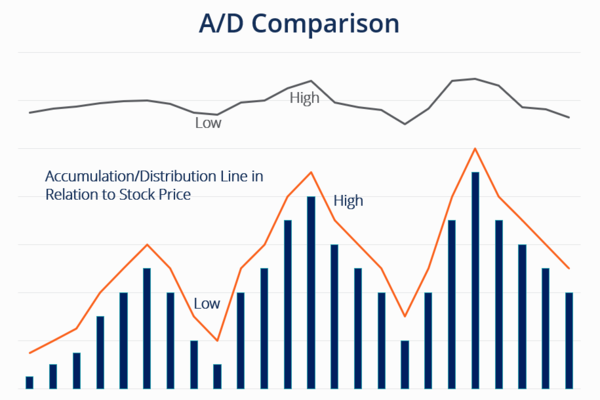In futures trading, the Relative Strength Index (RSI) is one of the most
popular technical tools. Many stock trading software programs also provide RSI
charts, and many people closely monitor this technical indicator. The RSI
compares the relative strength between price increases and decreases over a
period of time. In RSI research, 6 days, 12 days, and 24 days are the three most
commonly used time parameters.

Calculation of RSI
The calculation method of RSI is to first accumulate the sum of the price
increases and price decreases within a certain period of time and then calculate
the ratio of the two. In the calculation process, generally only the closing
price is used as the price data. Its calculation formula is: RSI = 100
[100/(1+RS)]. Among them, RS is the average of the increase in price during the
period and the average of the decrease in price during the period.
Therefore, when calculating the 6-day RSI, we first add up the increase in
closing prices that have increased during these 6 days (in the same way as
closing prices) and then divide the sum by 6. Then, perform the same calculation
for the days of decline. From these two values, the relative force value RS is
obtained. Finally, we substitute the value of RS into the formula for RSI. The
RSI formula converts the value of RS into an exponential form and sets the value
range of the index between 0 and 100.
The Relative Strength Index (RSI) is a commonly used technical indicator used
to measure the overbought and oversold status of prices. The calculation of RSI
is based on price changes over a certain time period.
The calculation steps for RSI are as follows:
1. Firstly, calculate the gain and loss of the price. An increase indicates a
price change where the closing price of the day is higher than the previous
day's closing price, while a decrease indicates a price change where the closing
price of the day is lower than the previous day's closing price.
2. Then calculate the average gain and average loss. The average increase
refers to the average of all increases within a certain period of time, while
the average decrease refers to the average of all decreases within a certain
period of time. Usually, a certain time period (such as 14 days) can be selected
initially, and then the average increase and decrease can be calculated.
3. Next, calculate the relative strength. Relative strength is the ratio of the
average increase divided by the average decrease.
Relative strength=average increase/average decrease
4. Finally, calculate the RSI based on relative strength. RSI is the result
of converting relative intensity into indicator form.
RSI = 100 (100/(1+relative strength))
The value range of the RSI is usually between 0 and 100. When the RSI exceeds
70, it indicates that the market is overbought and there may be a price
correction. When the RSI is below 30, it indicates that the market is oversold
and there may be a price rebound. Investors can make buying or selling decisions
based on the value and trend of the RSI. It should be noted that RSI is only a
reference tool, and comprehensive analysis based on other indicators and market
conditions can more accurately determine price trends.
Application of RSI
The two main uses of RSI are to form overbought and oversold indicators and
as a tool for monitoring mutual deviations.
Composition of Overbought and Oversold Indicators
The method of using RSI as an overbought or oversold indicator is to indicate
that the market is in an overbought state when RSI approaches the upper boundary
of its value range (i.e., when it is above 70 or 80). In such a situation, the
market may become relatively fragile, prone to triggering a downward decline
process, or about to enter a horizontal adjustment stage. On the contrary, when
RSI is at the lower boundary of its value range (usually below 30 or 20), it is
considered that RSI reflects an oversold state. In such an environment, the
market may form a short-buying and short-closing market.







